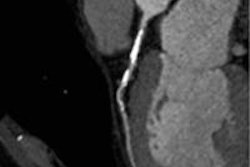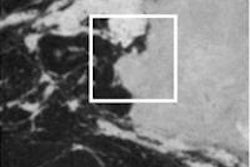Dear AuntMinnieEurope Member,
The ongoing debate about the value of breast screening has intensified this month, following the publication of two important new studies from Switzerland and Canada.
Now the Maverinck has joined the discussion with a timely commentary on the status of mammographic screening. His comments are bound to prove controversial, and are likely to get a response from Dr. László Tabár and others. Find out more in our Women's Imaging Digital Community, or click here.
When it comes to the safe use of contrast media, it's always worth listening to Dr. Henrik Thomsen. He's made some new observations about the risk and incidence of contrast-induced nephropathy and how they might have been overestimated. You can read about them here.
It's tempting to go straight to CT for evaluating the mediastinum, but the chest x-ray remains a powerful tool, according to new analysis from a top Portuguese university hospital. Frontal and lateral chest radiographs often are the first diagnostic examination, so a comprehensive knowledge of normal radiographic mediastinal anatomy is vital for detecting abnormalities. Visit our Digital X-Ray Community, or click here.
Meanwhile, researchers from Munich have found that phase-contrast CT is a promising technique that exploits variations in x-ray phase, instead of absorption, to produce superior soft-tissue contrast to conventional CT imaging. To learn more, click here.
To find coronary artery disease, a functional test such as perfusion MRI or CT may be necessary, in addition to coronary CT angiography. But increasingly, researchers are looking to the CT data for reliable information on the functional severity of stenosis before sending the patient in for an invasive angiography examination. A new method, corrected contrast opacification, can help here, according to Dutch researchers. Go to our Cardiac Imaging Digital Community, or click here.
Finally, don't forget to check out our latest Case of the Week, which comes from radiologists at the University of Udine in Italy. To access it, click here.




















